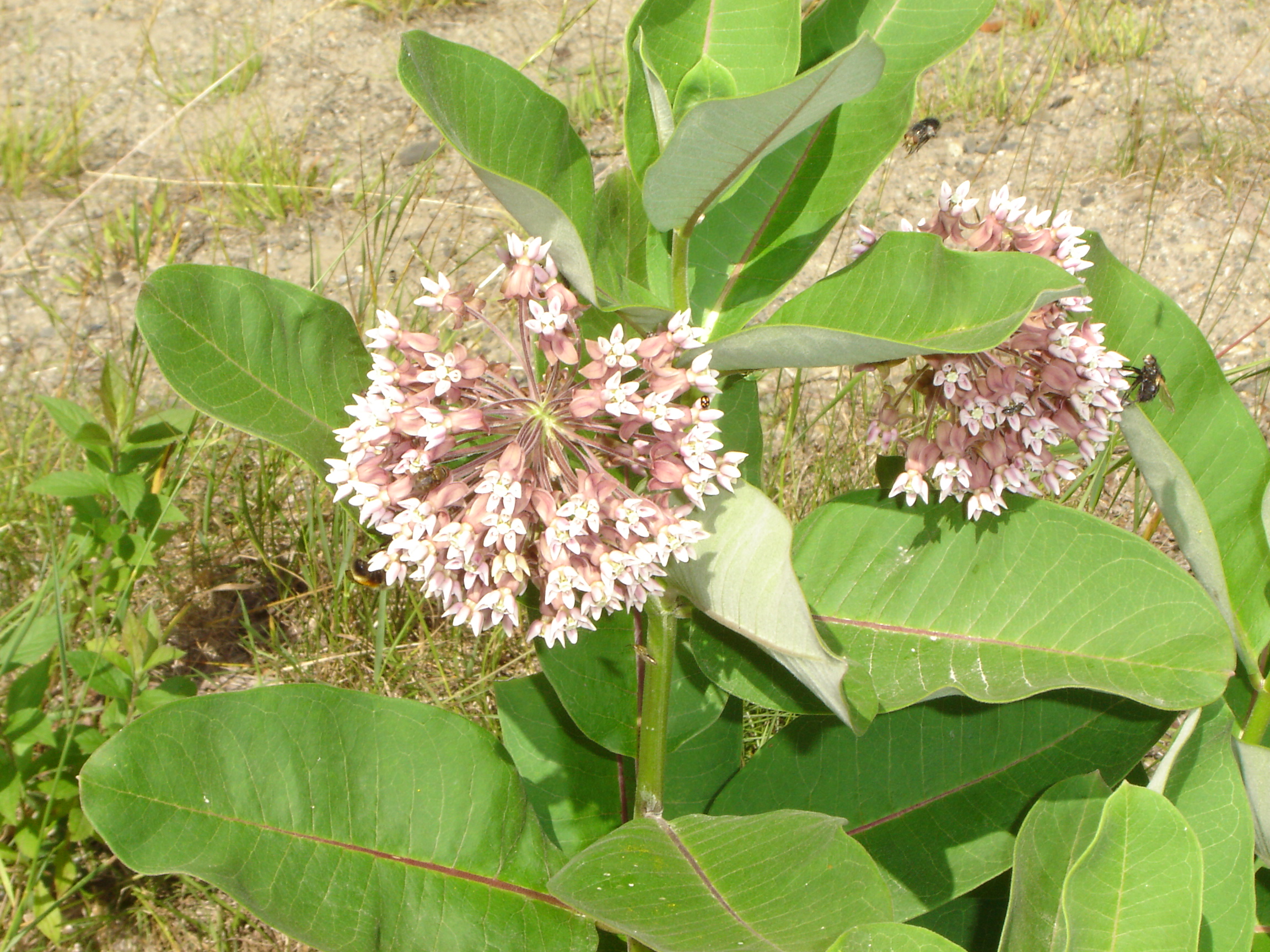Difference between revisions of "Translations:AY Honors/Edible Wild Plants/Answer Key 2/24/en"
m (FuzzyBot moved page Translations:AY Honors/Edible Wild Plants/Answer Key/24/en to Translations:AY Honors/Edible Wild Plants/Answer Key 2/24/en without leaving a redirect: Part of translatable page "AY Honors/Edible Wild Plants/Answer Key") |
(Importing a new version from external source) |
||
| Line 1: | Line 1: | ||
| − | {{: | + | {{:AY Honors/Edible Wild Plants/Milkweed}} |
Latest revision as of 16:05, 7 September 2021
Milkweed
Description: Common milkweed is a herbaceous perennial plant growing from a rhizome to 1-2 m tall. The stem is very hairy, and all parts of the plants produce a white latex when broken. The leaves are opposite, simple broad ovate-lanceolate, 7-25 cm long and 3-12 cm broad, usually with an undulate margin and a red-colored main vein. They have a very short petiole and a velvety underside. The flowers are grouped in several spherical umbels with numerous flowers in each umbel. The individual flowers are small, 1-2 cm diameter, perfumed, with five cornate hoods. The seeds are attached to long, white flossy hairs and encased in large pods.
Where found: Native to most of North America east of the Rockies, with the exception of the drier parts of the Prairies. It grows in sandy soils and appreciates lots of sunlight.
Availability: Spring, Summer
Use: The stems, shoots, leaves, flowers, and young pods are all edible, but should be cooked first. The flowers can be dipped in batter and fried, and the other parts can be boiled for a few minutes. It is not necessary to boil milkweed in repeated changes of water.

